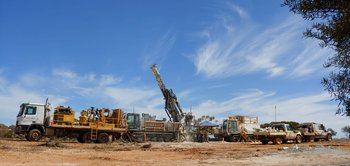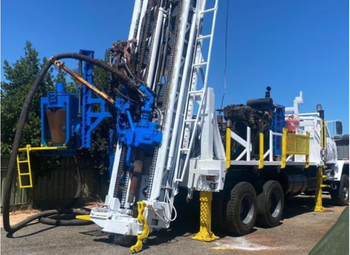
$0.003
The hunt for Tropicana lookalike continues
Aug 18, 2021
Aug 18, 2021 |
4 min
Lost in the midst of end of quarter reporting, gold explorer Nelson Resources (ASX:NES) announced some encouraging gold results at its Socrates prospect within its flagship Woodline Project in WA.

$11M Capped NES is Hunting the Next Tropicana - Drilling to Start in Days
Feb 2, 2021
Feb 2, 2021 |
8 min
Micro cap WA gold explorer Nelson Resources (ASX: NES) is primed for a major drilling event. In the coming weeks, drilling and the associated results has strong potential to re-rate this tightly held stock, especially given the current strong gold price hovering around $1,900/oz.
